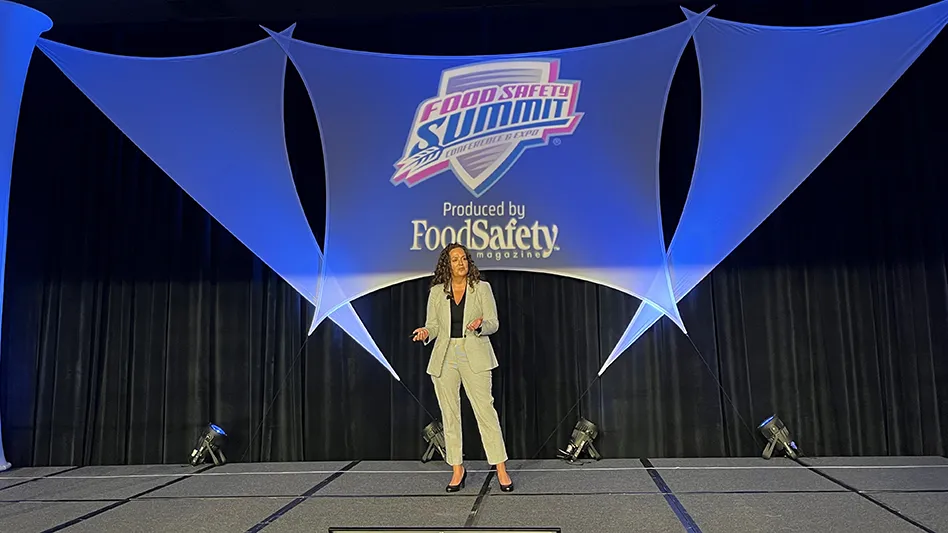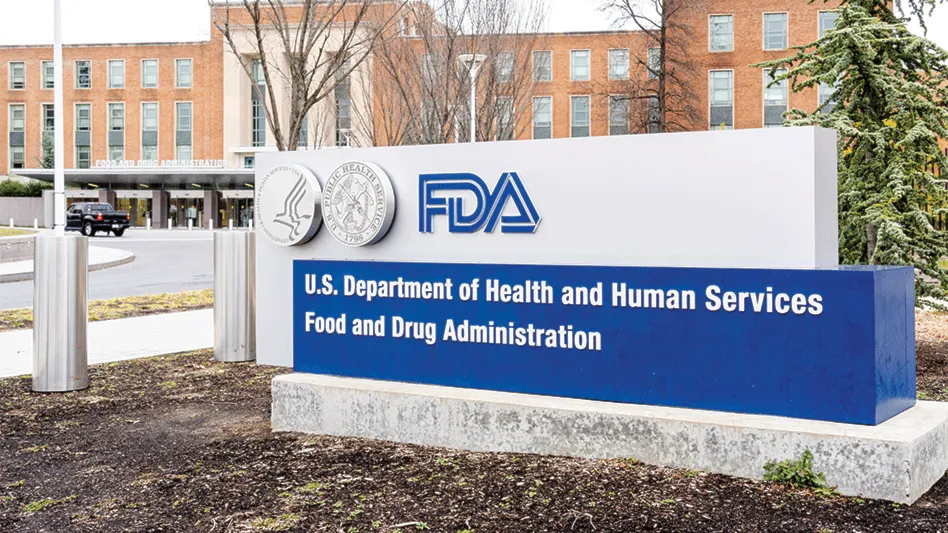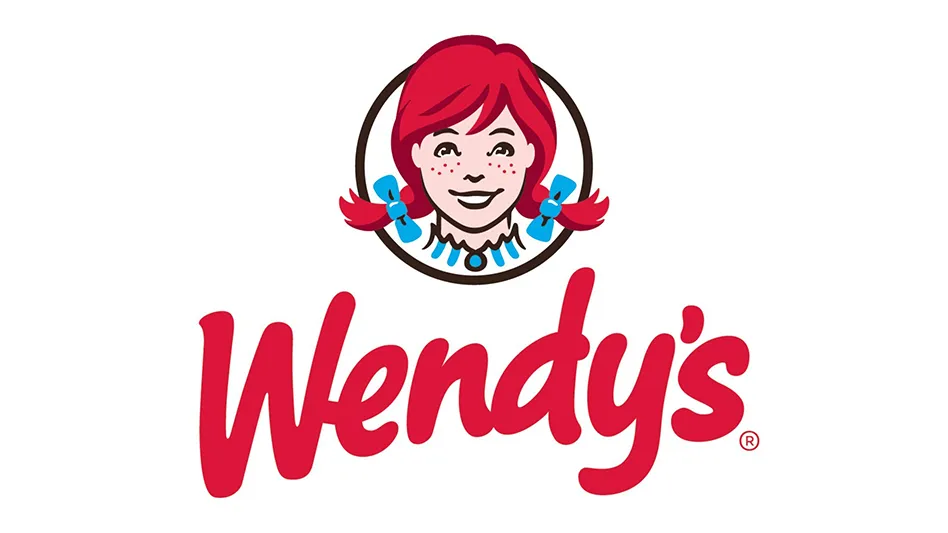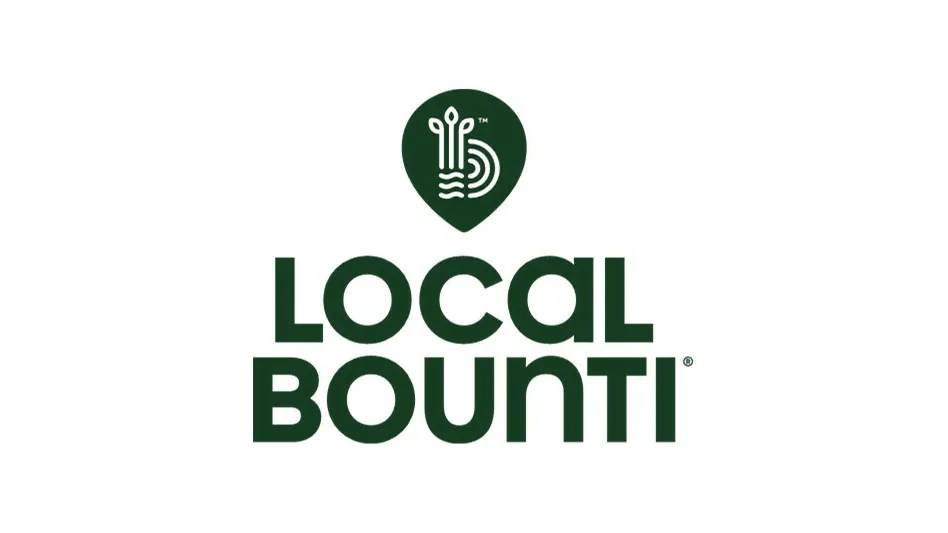
The food safety game is changing … and our “playbooks” must too. One of the most critical game changers in food regulation today is the food safety plan that is being required by FSMA’s Preventive Controls rules for humans and animals. Although there are similarities to HACCP, the new requirements mean we need to revise our playbook and create a new game plan. How do we do this? One play at a time.
The aim of this article is to provide a step-by-step playbook to prepare your food safety teams for compliance and be ready for game day when FDA inspectors arrive for your first audit under the new rules, and ask to see your food safety plan.
But first, let’s make sure we’re all on the same page of the playbook and answer the basic question: What is the food safety plan (FSP)? Some of it is simply a change in terminology; for example, a CCP may now be called a preventive control. But much more, it is a change in thinking and approach to risk mitigation in our production environments, based on a holistic risk and science-based approach that retains enough flexibility for facilities to implement the requirements based on their own unique needs and circumstances.
The food safety plan must be prepared or overseen by a preventive controls qualified individual (PCQI). As defined by the Preventive Controls rule, the PCQI is a qualified individual who has successfully completed training in the development and application of risk-based preventive controls at least equivalent to that received under a standardized curriculum recognized as adequate by FDA or is otherwise qualified through job experience to develop and apply a food safety system.
Once you have identified your PCQI – think of this person as your quarterback – you can begin the game. Just as it would take 10 first downs to make a touchdown from the opposite end of the field, so, too, are there 10 “first downs” to reach the end zone of a completed FSP.
1. IDENTIFY AND EVALUATE THE HAZARDS (§117.130)
As in football, you need to identify what you are tackling and identify any obstacles (hazards). Then you must evaluate these to determine whether the hazard is so significant you need to establish a preventive control because the hazard would likely occur without the control.Consider and identify known or reasonably foreseeable hazards including biological, chemical (including radiological), and physical hazards that are unintentionally or intentionally introduced for economic gain. Because this economically motivated adulteration (EMA) was included in the final preventive controls rule, it also must be considered as part of the FSP analysis. FDA has stated that it will likely be rare that EMA will be a hazard identified as so significant as to require a preventive control, but for highly valuable products with a history (such as honey and olive oil), this should be included.
The hazard identification and analysis must be written just like the HACCP process. It will be extremely important to capture the thought process, to show that you identified and considered all potential hazards even if you discounted them. Just like in grammar school – show your work!
After you have identified all known or reasonably foreseeable hazards, the next play is to determine if those identified hazards require a preventive control. This is where severity and probability of occurrence in the absence of a preventive control should be taken into account. Other factors to consider in the hazard evaluation are:
- Formulation of the food.
- Facility and equipment.
- Raw materials and ingredients.
- Transportation practices.
- Manufacturing/processing procedures.
- Packaging and labeling activities.
- Storage and distribution.
- Intended or reasonably foreseeable use.
- Sanitation (including employee hygiene).
- Other relevant factors.
A tip: Everything drives back to the hazard analysis.
2. ESTABLISH PREVENTIVE CONTROLS (§117.135[c])
Establishing preventive controls is one of the more difficult plays in this new game. In many ways, it is similar to establishing CCPs in HACCP, but instead of stopping there, you need to continue to look for ways to mitigate or eliminate risks in your environment and possibly elevate those programs, such as prerequisite programs, along with classic CCPs to preventive controls. Preventive controls take the following forms:
Process Controls. These are typically CCPs, and contain minimum and maximum values required for food safety. Time/temperature critical limits are good examples. Process controls require monitoring procedures (what is monitored, frequency, how, by whom), corrective actions, verification, validation (which will be addressed in subsequent steps). If process control preventive controls are not met, product safety is considered to be in question.
- Allergens Controls. Determine which allergens (if any) in your environment require a preventive control. Examples include the need for allergen labeling (consider other regulations such as FALCPA) and allergen segregation.
- Sanitation Controls. Much of your sanitation program will be managed through GMPs, but a part of the sanitation program may be elevated to the status of a preventive control to significantly minimize or prevent hazards identified as requiring a preventive control. Hygienic zoning is often used to control for these risks such as environmental pathogens when ready-to-eat product is exposed to the environment prior to packaging; pathogens transferred through cross contact (e.g, employees handling raw and ready-to-eat product); and allergen cross contact.
For example, the practical application of this part of the rule suggests that a facility elevate its sanitation control program to a preventive control to prevent allergen cross contact. The “play” that a plant would make is elevating its allergen management program that was classically treated as a prerequisite, now treating it as a preventive control; and treating processes such as production scheduling, color coding utensils used for allergens, and managing rework as preventive controls, along with its sanitation program that is used specifically to manage and control for allergen contact risk during or after production.
- Supply-Chain Controls:
- If you are not controlling the hazard (i.e, further processing with a validated kill step) and you are relying on your supplier to control the risk, then likely you need a supplier-applied control program (as set forth in subpart G of the rule) as a preventive control. This states that the manufacturing facility must establish and implement a risk-based supply-chain program for raw materials and other ingredients for which a hazard is identified that requires a supply-chain control. Exceptions are importers that are in compliance with FSVP and food for research. Required supplier-verification activities include onsite audits for hazards that present serious adverse health consequence or death hazards (Class 1 level risks), sampling and testing, review of food safety records, and other applicable activities.
- Recall Plan: Although deemed a preventive control under the rule, the recall plan is really a defensive play – a response tool. As such, it can be kept outside of your food safety plan. Recall plans are required when a hazard requiring a preventive control is identified for food. That said, industry best practice and what is best for brand protection is to have a plan for everything produced in your facility. Just make sure the following are written into your recall playbook – they are required under the rule:
- Directly notify the direct consignees of the food being recalled, including how to return or dispose of product.
- Notify the public when appropriate to protect public health.
- Conduct effectiveness checks to verify that the recall is carried out properly.
- Appropriately dispose of recalled food.
A tip: A preventive control is not required when an identified hazard requiring a preventive control is controlled by another entity later in the distribution chain and you include written documents with the food stating that it has not been processed to control [identified hazard], and you obtain annual written assurances that the hazard will be controlled by your customer.
3. MONITORING (§117.145)Written monitoring procedures are required for all preventive controls. This acts as an early warning sign that something is about to go out of bounds – or it just has – providing a warning to call back the play before you have to short a customer, recall product, and risk losing the game.
Monitoring frequency must be specified. It does not have to be continuous but must be frequent enough to prove that the associated preventive control is effectively controlling the hazard. However, FDA is flexible on this, to allow you to address the unique attributes and challenges of your facility. The actual phrase seen repeatedly in the rule is “as appropriate to the nature of the preventive control and its role in the facility’s food safety system.”
Monitoring must be documented and verified under the direction of the PCQI. As your “quarterback,” every team, ergo each facility, should have at least one, but the person may be an employee or he/she can be a third-party consultant.
4. CORRECTIVE ACTIONS (§117.150 [a][2])
The FSP must have written corrective action procedures outlined for each preventive control addressing how the following four elements will be tackled. This includes:
- Identifying and correcting a problem.
- Reducing the likelihood of recurrence.
- Ensuring the affected food is evaluated for food safety.
- Ensuring that adulterated food does not enter commerce.
The FSP also must include corrective action procedures in response to pathogen or indicator organism detection in ready-to-eat product subject to verification testing, and response to the presence of environmental pathogen or indicator-organism detection through environmental monitoring.
Unanticipated issues also must be documented as corrective actions (§117.150[b]). If a preventive control goes off track and you didn’t account for it in your FSP you must follow the corrective action procedures (in 117.150[a]) and perform a reanalysis to determine if your FSP needs to be revised. It is a requirement that you update your playbook.
Corrective-action records are required to be retained and must be reviewed by the PCQI as appropriate to the nature of the preventive control and its role in the facility’s food safety system.

“Corrections” are actions taken on lesser, isolated problems that do not directly impact product safety, and action is taken promptly; so full-blown corrective action procedures are not required. Circumstances that qualify for corrections include allergen cross-contact controls and sanitation controls, but they are primarily focused on sanitation control problems. Facilities only need to keep records as appropriate to the situation compared with corrective actions where records are required.
5. VERIFICATION (§117.155)
Verification and validation are tied together, as validation is a type of verification for purposes of the FSP.
Many items require verification under the rule which must be reflected in the FSP. The purpose of verification is to provide confidence that the FSP is based on solid scientific principles that are adequate to control the hazards associated with the product and process, and that the plan is being followed accurately every day. Verification activities that must be performed or overseen by a PCQI are calibration, product testing, review of records, reanalysis, and validation.
Other elements of verification are ongoing procedures that may be regularly scheduled, such as calibration of equipment or record reviews.
Hence, verification is an ongoing process to provide evidence that the FSP is being properly implemented and operating as you intend.
6. VALIDATION (§117.160)
Validation is the scientific and technical basis the demonstrates that applying the preventive control and following your FSP will control the identified hazards.
Validation applies to process controls and preferably is conducted before the plan is implemented, specifically prior to production, within the first 90 days, or within a reasonable time (if longer) upon written justification by PCQI.
Validation is not required for allergen controls, sanitation controls, supply-chain controls, or the recall plan.
7. VERIFICATION OF IMPLEMENTATION AND EFFECTIVENESS of (§117.165)
Accuracy checks and calibration are required for instruments and equipment used to verify parameters for process controls. These activities are required to ensure that the measurements taken by the monitoring devices are accurate and reliable. The frequency must be designated in the FSP. If monitoring equipment is found to be out of calibration, the associated process preventive control should be considered out of control since the last documented acceptable accuracy check and calibration. A corrective action then should be taken to evaluate the safety and determine proper disposition of the product.
Other verification activities include targeted sampling, testing, and other periodic activities. When you use product testing, you must document the procedures to be followed and ensure that the test methods are scientifically valid by using a standard method published by standards-writing organizations such as the FDA, AOAC, ISO, etc. Environmental monitoring is used as a verification procedure for sanitation controls, and is required for facilities that produce ready-to-eat products that are subject to a lethality step, then exposed to the environment prior to packaging.
8. VERIFICATION RECORD REVIEW (§117.165 [a][4])
If it is not documented, it did not happen. This is said often – because it is true in the eyes of regulators and litigators alike. And under the new rule, records alone are next to pointless unless someone reviews them periodically to verify that critical limits and parameters were met and the FSP is being followed. The role of the PCQI, your quarterback, is highlighted yet again.
Monitoring and corrective action records must be reviewed within seven working days under the oversight of the PCQI. Preferably, the records are reviewed prior to release of product to prevent potential recall and other unintended consequences should a deviation be discovered during record review. Corrective action must be taken if the record review determines that a deviation has occurred. More than seven days may be taken if the PCQI provides written justification.
Records that must be reviewed within a reasonable timeframe after being created are for calibration, product and environmental monitoring testing, supplier/supply chain verification, and other verification activities.
9. VERIFICATION OF WRITTEN PROCEDURES (§117.165[b])
Written procedures that are required as appropriate to the facility, the food, the nature of the preventive control, and the role in the food safety system are method and frequency of calibration (or accuracy checks), product testing, and environmental monitoring procedures.
Product testing must be scientifically valid and recognized and identify sample/relation to production lot, tests and methods used, test microorganisms/analytes, labs conducting tests, and corrective action procedures. Environmental monitoring procedures also must be scientifically valid/recognized, and identify test microorganisms, sample locations/number sites (adequate to determine PC is effective), timing/frequency of sample collection/testing, labs conducting tests, and corrective action procedures.
10. REANALYSIS (§117.170)
The reanalysis is another form of verification activity. It must be conducted for the full FSP at least every three years. In addition, you will need to reanalyze your FSP:- When required by FDA (e.g, to respond to a new hazard).
- When there is a significant change that creates potential for a new hazard (e.g, you had a new product line with new ingredient hazards).
- When you gain new information about potential hazards (e.g, we learn of an emerging new pathogen in an existing food).
- After an unanticipated food safety problem.
- When a preventive control is found to be ineffective.
If the reanalysis shows an increase in risk, you will then need to revise your FSP accordingly.
Your FSP will be most robust if it is developed by a cross-functional group of players. Invite purchasing, logistics, supply chain, R&D, marketing, legal, public relations, quality, and food safety players to join the team to help create your playbook. Once created, practice an inspection and recall from end-to-end. The best teams practice before the big game; you should too.
The author is president of Neumann Risk Services and a global food safety attorney.

Explore the April 2016 Issue
Check out more from this issue and find you next story to read.
Latest from Quality Assurance & Food Safety
- University of Pretoria Food Science Student Wins IFT and PepsiCo’s Academic and Travel Undergraduate Hybrid Scholarship
- Kraft Natural Cheese and Shawn Johnson East Celebrate Launch of Kraft Signature Shreds
- Natural Sourcing International Announces Voluntary Recall of Black Chia Seeds
- PTNPA's DC Fly-In Connects Members with Policymakers
- Breck Partners Acquires NPX One
- Agilent Technologies and ICAR-National Research Centre for Grapes Partner to Enhance Food Safety Standards
- USDA, HHS Announce New Actions to Reduce Impact and Spread of H5N1
- Cornell Dairy Foods Extension Offers Membrane Processing Workshop





